Hi. Since you clicked open this post, I hope you are ready to learn what is Parkinson’s disease and what are its symptoms and treatments.
When you hear about such a medical term, unheard of before, many questions pop up in your mind. You start thinking, what if you have such an underlying disease; how would you identify it, and how can you get rid of it?
Well, I must say that Parkison’s disease is a progressive age-related disorder and is very common for people above 60 years. Although the condition isn’t completely curable, you do get specific treatment options for temporary relief!
To know more, stay tuned!
CContents
What Is Parkinson’s Disease?
Parkinson’s Disease, also called Parkinson’s, is a degenerative brain condition caused by the loss of nerve cells in the brain part responsible for producing the chemical dopamine.
So, if you have Parkinson’s disease, you won’t have enough dopamine in your brain. Yes. It means one of the most crucial neurotransmitters (chemicals) that determine how your brain cells communicate with each other shall reduce in amount, creating a shift in your brain’s chemistry!
How?
Well, a misfolded protein starts accumulating in the dopamine-producing brain part, called Basal Ganglia in medical science, and that slowly spreads throughout your brain.
Therefore, Parkinson’s Disease may affect your balance and movement by deteriorating muscle control. You may find yourself slow & shaky and sometimes even stiff to the core.
While technically anyone can be at risk of getting Parkinson’s disease, medical experts say men are more prone to this health issue than women. But, I have to say, the reason is yet unclear to medical science, and studies are in process.
Parkinson’s disease stays long-term, advancing in stages, with more and more complications.
What Causes Parkinson’s Disease?
While you want to learn what is Parkinson’s disease thoroughly, you must note that the cause of neuron damage during this disease is unknown till today! It is precisely why often the condition is called idiopathic parkinsonism (meaning not identified cause).
However, a few factors tend to play a hidden role and are as follows.
Genetic Factors
Changes or mutations of specific genes, such as autosomal dominant genes & autosomal recessive genes, can trigger Parkinson’s disease. Moreover, if there’s a history of this disease in your bloodline, your genes may turn vulnerable to it!
But, such cases are rare, and only about 5 to 10 percent of the people affected with Parkinson’s have such a gene-mutating profile.
Environmental Factors
A couple of environmental factors may act as a catalyst to the onset of your Parkinson’s disease. The first and foremost is exposure to pesticides and toxins like carbon disulfide or manganese. However, such a risk is much less!
On the other hand, if you have a history of head injury, your risk of developing Parkinson’s is modest; indeed! Also, remember that the intake of certain medical drugs can also be a provoking cause of Parkinson’s.
Health Factors
Researchers have identified a few health factors that may lead to Parkinson’s disease. One is low urate concentration in your blood, and another is a brain infection. They say you may also get susceptible to Parkinson’s when you have severe metabolic disarrangement.
Besides, if you have other brain diseases like Huntington’s or Alzheimer’s, there’s a risk of Parkinson’s development.
Note The Parkinson’s Disease Symptoms: Motor-related and Non-Motor!
Let me tell you that Parkison’s disease symptoms appear following two categories, namely – Motor or movement-related symptoms & non-motor, which don’t have a link with muscle control or movement.
Firstly, the motor symptoms were –
- Slowed movement, which is called bradykinesia, according to medical science. Patients with Parkinson’s may say that it is muscle weakness, due to which simple tasks become time-consuming. But, in reality, there is no strength loss.
- Tremors or rhythmic shaking when the muscles are at rest! Such a symptom emerges for about 80% of Parkinson’s cases. They are not the same as essential tremors, which disappear when your muscles relax.
- Stiffness or rigidity in your body movement! A constant stiffness may occur when moving any body part, and such a state is called lead-pipe rigidity. Likewise, a Parkinson’s patient may experience a tremor combined with lead-pipe rigidity. This state is called cogwheel stiffness.
- Impaired balance and posture, typically when Parkinson’s gets worse in condition! It may resemble a stope stance when the patient walks, as they use shorter steps and barely move their arms. Additionally, the patients may take many steps to turn back when walking.
- Loss or deterioration of automatic or unconscious movements, like blinking or smiling! These states are indications that Parkison’s patients have reduced control of their facial muscles.
- Drooling, i.e., the involuntary condition in which excess saliva crawls out of the patient’s mouth! It is another of the Parkinson’s disease symptoms that happen because of the loss of facial muscle control.
- A Poker-like expression or Hypomimia! Perhaps, Parkison’s disease can change the actual facial expression of the being, making it static to only one kind. During this state, the patient fails to express their emotions through their face. It is because of the decreased coordination and speed between the facial muscles.
- Unusual change in speech! Sometimes, a soft speaking voice, known as hypophonia, and sometimes, a quick or fast one that seems too confusing for the hearer to understand. A Parkinson’s patient may also sound monotonous or hesitating. These patterns occur due to reduced throat and chest muscle control.
- Trouble in swallowing food or drink is another of the Parkinson’s disease symptoms that take place due to reduced muscle control in the chest and throat. This state is also known as dysphagia.
- Changes in writing pattern! Last but not least, a Parkinson’s patient may have the symptom of a small or cramped handwriting pattern that is difficult to interpret. Such a state is what medical science calls micrographia.
Now that you know what the movement-related Parkinson’s disease symptoms are, learn the non-motor ones below!
- One of the common non-motor symptoms of Parkinson’s is depression. Studies show that nearly 50% of people with Parkinson’s have this symptom. It happens due to chemical changes in the brain.
- Patients with Parkison’s may have issues in the autonomic nervous system that throw red alerts, such as constipation, sexual dysfunctions, gastrointestinal disorders, urinary inconsistence, low blood pressure while standing, etc.
- Sleep problems like restless leg syndrome, rapid eye movement behavioral disorder, or periodic limb movement disorder are also Parkinson’s disease symptoms.Above all, dementia may be a symptom of advanced Parkinson’s disease. It means the patients suffer from episodic memory loss, trouble thinking or focusing, and loss of social ability to perceive.
How Many Types of Parkinson’s Disease Treatments Exist Today?
As you already know, Parkinson’s disease isn’t curable to the fullest! So, all that its patients can get is relief from the symptoms. For such purposes, medical science has brought into the picture several treatment options.
Here they go!
-
Medications
Medications are the first of the Parkinson’s disease treatment types. They help patients to get an enhanced dopamine level, control non-motor symptoms, and stimulate neurotransmitters that transfer information from one brain cell to the other. Some of the most prominent medications are below.
- Levodopa – It helps increase the dopamine level in the brain. However, its long-term use can create setbacks. Hence, doctors usually recommend this medication with another one called carbidopa. This medication can reduce or prevent levodopa’s side effects.
- Dopamine Agonists – It helps stimulate dopamine production by latching on some brain cells to work the same as they normally do in the presence of a dopamine molecule. Doctors usually recommend this medication instead of levodopa to younger patients.
- Enzyme Inhibitors – These are meant to slow down the enzymes responsible for breaking down dopamine, thereby allowing more dopamine to stay available in the brain.
- Amantadine – This medication serves to reduce involuntary movement issues, that of smiling, blinking, or moving arms while walking.
- Anticholinergic Drugs – Doctors recommend these for reducing motor-related Parkinson’s symptoms, such as tremors and muscle stiffness. Some of these medications are biperiden, benztropine, orphenadrine, etc.
-
Experimental Treatments
Another Parkinson’s disease treatment type revolves around medical explorations that are not widely seen but are practiced by many medical experts today. That is why such a category lay called experimental treatments, meant to ease out the symptoms of Parkinson’s. A few of the latest experimental Parkinson’s treatments are as follows.
- Stem Cell Transplants – It is the process of adding dopamine-using neurons via a surgical procedure to topple the damaged ones.
- Neuron Repair Treatment – This method is also a surgical process to repair the damaged dopamine-using neurons and encourage the growth of new ones.
- Gene-targeted Treatment – This process targets the specific mutating genes that led to Parkinson’s. Doctors also use this method to boost levodopa therapy.
-
Supportive Therapies
Medical professionals perform multiple therapies to support the reduction of Parkinson’s symptoms, depending on the disease stage. They are the following.
- Physical and Occupational Therapies
- Speech Therapies
- Massage and Yoga Therapies, and so forth!
-
Deep Brain Stimulation
Technological innovations in the field of healthcare have made it possible to treat Parkinson’s by the use of electric currents. That’s right! Deep brain stimulation is a significant Parkinson’s disease treatment process, typically used during the later stages of the disease, delivering mild current to your brain cells.
During this process, electrodes that produce electrical impulses are implanted in specific brain areas to stimulate brain functioning. The stimulation dosage lay controlled by a pacemaker-like device. Such a device gets placed under the skin, right on the upper chest. This device stays connected to the electrodes with a wire and is regulated thereupon!
Bottom Line
Are you here, finding answers to your medical questions and filling up your knowledge gap? Well, it’s time to wrap up! I hope the article helped you learn about what is Parkinson’s disease, its symptoms, and its treatments.
But, before leaving, please take heed that you must consult doctors if you notice any of the signs stated above and seek treatment from them! No doubt, they are the ones who can guide you the best and provide appropriate relief.
Call us at 77400-33771

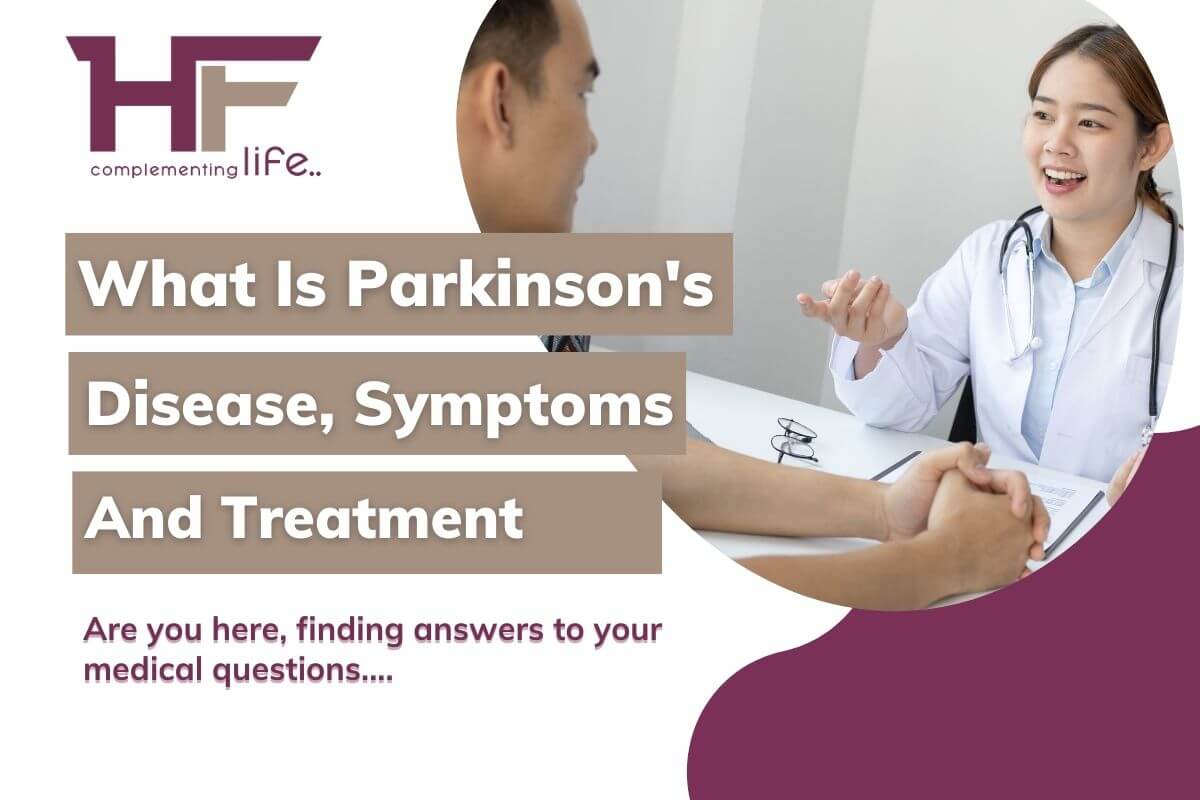
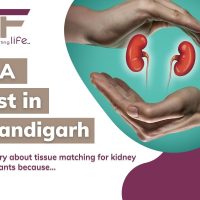
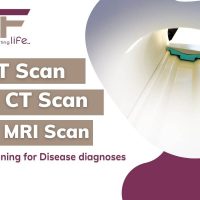

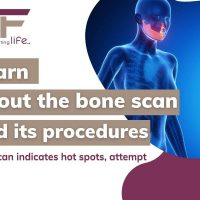
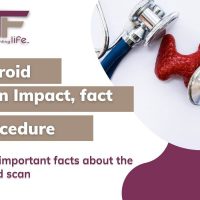
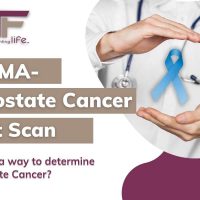

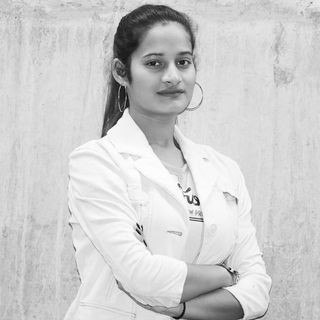
Comments